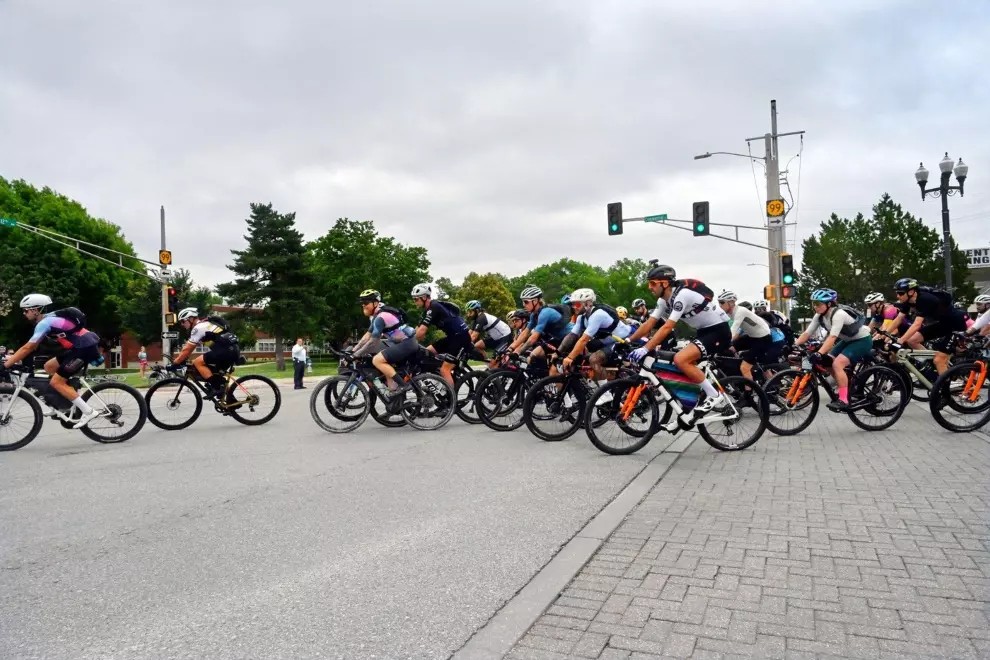#1 The amount of maintenance
Compared to a road bike, it caught me off guard just how much more attention trail bikes require. All you need to do with a road bike is to keep the drivetrain clean, pump your tyres, and check on your brakes now and again. And that’s easy, especially if you wax your chain. By contrast, trail riding brings a new level of complexity to gear upkeep.
Suspension maintenance: You’ll have to use an air-shock pump to set the sag, then adjust the rebound and compression damping to start. And of course, keep in mind the intervals at which your front and rear suspension needs to be serviced. This requires a decent amount of time, equipment and expertise to do right, so you may want to leave it up to your local bike shop mechanic.
Dropper post: If you have a dropper post on your trail bike, which you definitely should in this day and age, it will need to be looked after too. You should keep it clean because it’s a moving part and ideally apply silicone lubrication just like on the stanchions of your suspension.
Pedals and shoes: Trail bike shoes come with special sticky rubber to give you the grip you need on flat pedals. You need to check the wear on the rubber as well as the pins on your pedals to make sure you get the grip you are used to. Plus, you may also need to switch pedals and shoes more often, especially if you’re alternating between rides with clipless pedals and with flats.
Checking for wear and damage: Riding trail wears out certain bike components a lot faster than on the road. You have to keep a close eye on your chain, tyres, brakes, and even wheels. And if you push yourself and take a few slips and falls, you should also check your frame and suspension for damage.
Protective gear management: Helmets, pads, gloves, and even shoes get dirtier faster, wear down more quickly, and require more frequent cleaning and replacement than road gear. If you ride flat pedals, keep an eye on the pins and rubber on the sole of your shoes. If you’re like me, you’ll need to switch back and forth between flats and clipless pedals depending on the type of ride planned.
Post-ride cleaning: Cleaning seems to be a regular activity with a trail bike as opposed to the occasional chore it is with a road bike. It’s not too much work after a nice dry-weather ride but if you decide to go in wet, muddy conditions, be ready with a pressure cleaner after.

#2 How engaging even short rides are
On the road, a 30-minute ride might feel like I’m just warming up, and anything less than an hour would hardly count as a good ride. However, when you hit the trails, even brief rides can be surprisingly stimulating and engaging.
I think it’s because trail riding requires a lot more moment-to-moment attention. Roots, rocks, and the constant search for the optimal line keep you engaged every second you’re on the bike. And when you’re not going downhill, you’re usually having to put out high-intensity efforts uphill, navigating over difficult terrain. You can ride the same trail several times without it getting boring. And even on familiar trails, you can still challenge yourself to test and develop a variety of bike-handling skills.
Of course, if you have to commute a long time to get to any trails, it’s a different story. But if you’re lucky enough to live near some trails, you’ll find that even a 30 or 60-minute ride can feel really satisfying.
#3 Upper-body matters a lot more
Coming from a road bike, you’ll likely have no issues with endurance on the trails, your legs and cardiovascular system will be ready to work hard for hours. But trail riding introduces an entirely new physical challenge – your upper body now gets tested too.
Trail riding demands quick and sometimes forceful movements to handle sharp turns, obstacles, and rough terrain. This engages your shoulders, biceps, triceps, and forearms a lot more than a road bike. Your arms and shoulders also double up as shock absorbers on a trail bike, helping you manage impacts and maintain traction. And I can’t forget to mention the core. It is essential for stability, balance, and control. You’ll find yourself frequently shifting body weight, leaning into corners, and standing out of the saddle, making core muscles work in new, demanding ways. Get ready to be sore in some unexpected new places after your first few trail rides.
#4 A new relationship with my bike
With trail riding, your bicycle becomes less of a passive machine you pedal on and more of an active partner you collaborate with continuously.
As you shift your body position forwards, backwards, and side-to-side to maintain grip, avoid obstacles, and navigate turns, you get much more tuned into the subtle ways your bike responds to your inputs. You quickly realise that nervously over-gripping your handlebars and stiffening your body in difficult situations doesn’t help. A modern trail bike is plenty capable of absorbing harsh terrain if you learn to work with it.
My trail bike started to feel more like an extension of my body, especially as I started to get into the flow on harder descents. This is not a feeling I noticed much on my road bike, and I really enjoy this new way of connecting.




